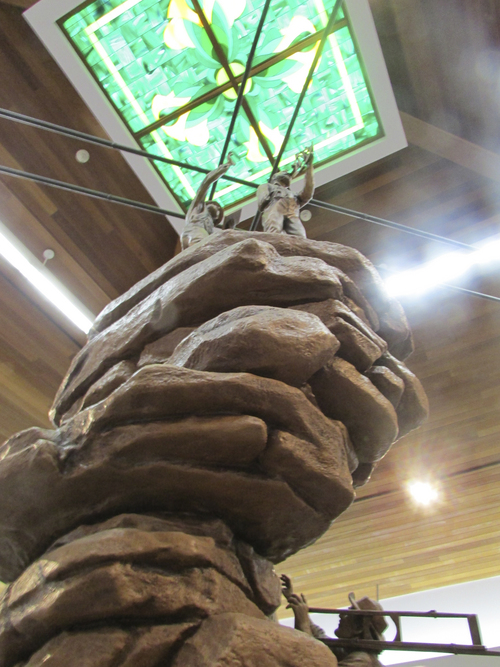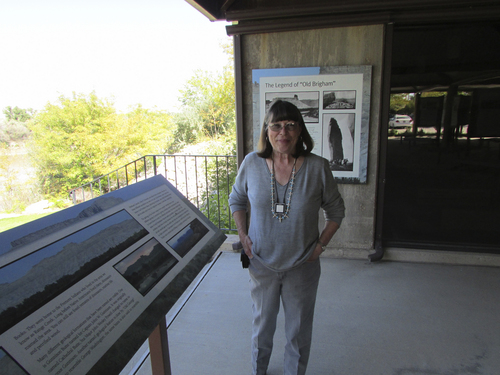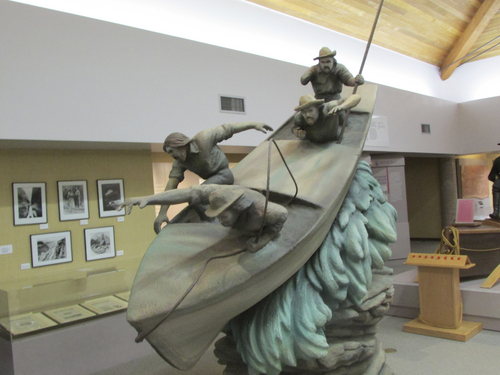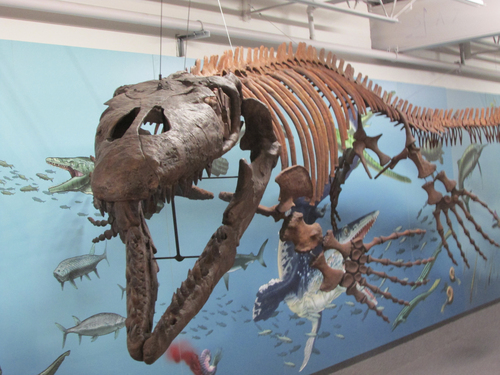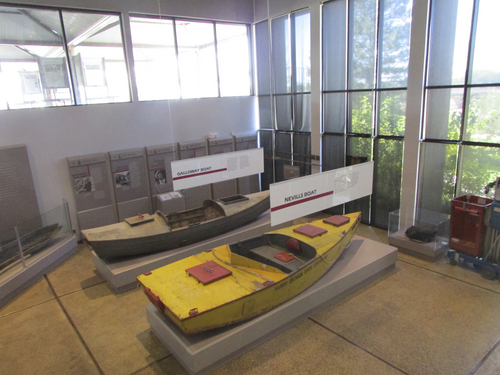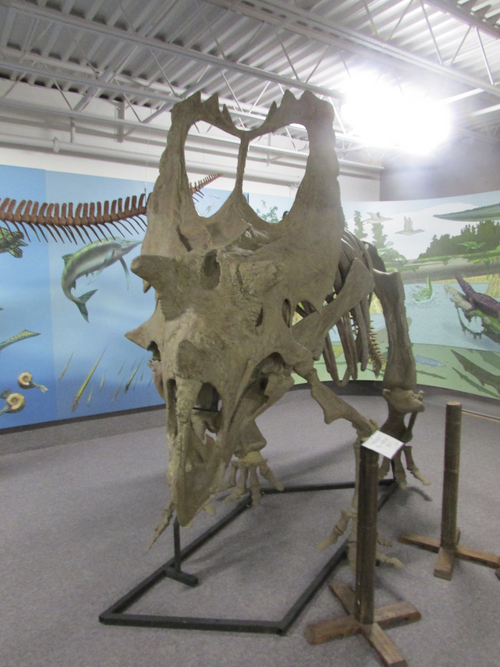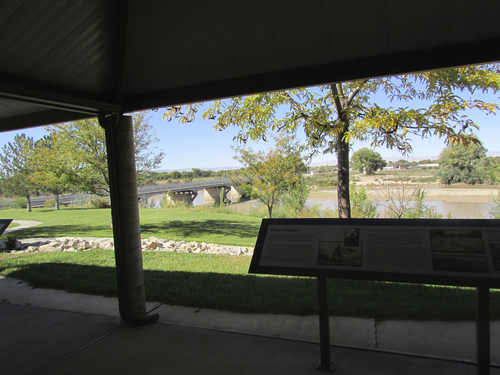This is an archived article that was published on sltrib.com in 2013, and information in the article may be outdated. It is provided only for personal research purposes and may not be reprinted.
Green River • To those who have taken the time to explore Utah's rivers, standing on the patio of the John Wesley Powell River History Museum and staring at the muddy waters of the Green River below brings back many feelings and emotions.
Desolation Canyon, the Gates of Lodore, Split Mountain, Echo Park and the undammed Yampa lie upstream, filled with rapids, incredible scenery and compelling history.
Looking downstream, a river-running enthusiast might think about a long ago canoe trip on the gentle warm waters of Labyrinth Canyon or about taking a motorboat ride down the Green and up the Colorado to Moab on a past Friendship Cruise.
Those who know the river also might recall adventures on the Colorado River's Cataract Canyon, running the big rapids of the Grand Canyon or enjoying the Native American rock art on the gentle San Juan River below this spot.
The museum that sits on the east side of the Green River in the little town known as much for its wonderful watermelons as its rivers might be easy to miss.
Of the hundreds of thousands of visitors who come to Canyonlands, Arches and southeastern Utah each year, only about 27,000 stop here to learn about the rivers, the history of those who explored them, and the human history of Green River itself.
The museum that first opened in 1990 features a state-of-the-art 170-seat theater that plays the film "The Great Unknown" about Powell's 1869 expedition on the Green and Colorado rivers on what was then the last blank spot on the U.S. Map.
"We're the only museum that is dedicated solely to river history," said Jo Anne Chandler, who moved to Green River in 1966, fell in love with the place and now collects and maintains the town's fascinating history in the archives portion of the facility.
It is true that the museum traces the history of rivers and those who loved and explored them in great detail.
Visitors will find the River Runners Hall of Fame inside the facility, a group of 15 pioneers that includes Buzz Holmstrom, Bert Loper, Georgie White, Norm Nevills, Bus Match and Dee Holladay. There are photo and information panels tracing the contribution of each of the Hall's members.
The facility includes sculptures depicting Powell's two expeditions, a hall featuring three historic boats that were among the first to run the rapids, the geology of the rivers, interpretive maps of the area, and dozens of archival photos.
There are 23 panels on the covered outside patio that overlooks the Green River. These trace the stories of area ghost towns, the San Rafael Swell, the Outlaw Trail, John Wesley Powell, Green River's history and geology.
"It's a nice museum," said Roy Webb, a river historian, author and archivist for the University of Utah Marriott Library's Special Collections. "It has a comprehensive collection for the Green River and quite a bit on the Colorado. They do a good job with what they have, considering they get no state funding. They have a nice book store, the films are good. I like the River Runners Hall of Fame. The historic boats on display are interesting."
The facility also features traveling art shows and a relatively new dinosaur exhibit.
Chandler — a dynamo who says "I don't shut up until I get what I want" — also has turned part of the basement facility into a historical repository for Green River.
When she started, the museum archives consisted of two binders.
Now, shelves covering the better part of two walls are filled with old photos, family histories, the stories of area veterans and some of local author Pearl Baker's books and research.
This is a place to learn about J.H. "Melon" Brown, who began experimenting with seeds and growing melons in the area around 1900, making Green River synonymous with melons.
Chandler can show off hundreds of photographs of the original river runners, talk about how Green River once was home to 50,000 fruit trees, or trace the town's history as a 1960s-era missile launch center. The museum even houses the Robert H. Goddard Intercollegiate Rocket Trophy, awarded to rocket builders who come to the area each year.
Add to the fact that the free portion of the facility also includes a visitor center where volunteers dispense all sorts of free information and brochures about the area and a large bookstore and gift shop, and the buildings on the banks of the river make a good place to stop.
"Stopping here can give you a better appreciation of this part of the country," Chandler said. "You can learn that Powell was not just about the river, but knew about the Henry Mountains and wrote about irrigation to make the country livable."
She hopes that some day the town will make the banks of the river near the museum more accessible, removing the tamarisk and perhaps constructing a small paved trail so visitors can learn about the river, then interact with it firsthand.
For now, the museum is a great place to learn about Utah's rivers, the people who explored them and the area that surrounds them.
Twitter: @tribtomwharton —
John Wesley Powell River History Museum
Location • 1765 E. Main Street, Green River
Hours • April 1 to Oct. 31, 8 a.m. to 7 p.m.; Nov. 1 to March 31, 8 a.m. to 4 p.m.
Entrance fees • Children under 5, free; ages 5-12, $2; adults $6; family, $15; group, $40. —
Members of River Runners Hall of Fame
William H. Ashley, Georgie White Clark, Clyde L. Eddy, Kent Frost, Nathaniel Galloway, Bus Hatch, Dee Holiday, Haldane "Buzz" Holmstrom, Joseph Ives, Denis Julien, Kolb Brthers, Bert Loper, William L. Manly, Norman D. Nevills, John Wesley Powell, Powell's first crew, Powell's second crew, Stanton Survey, Julius Stone, Ken Sleight.


